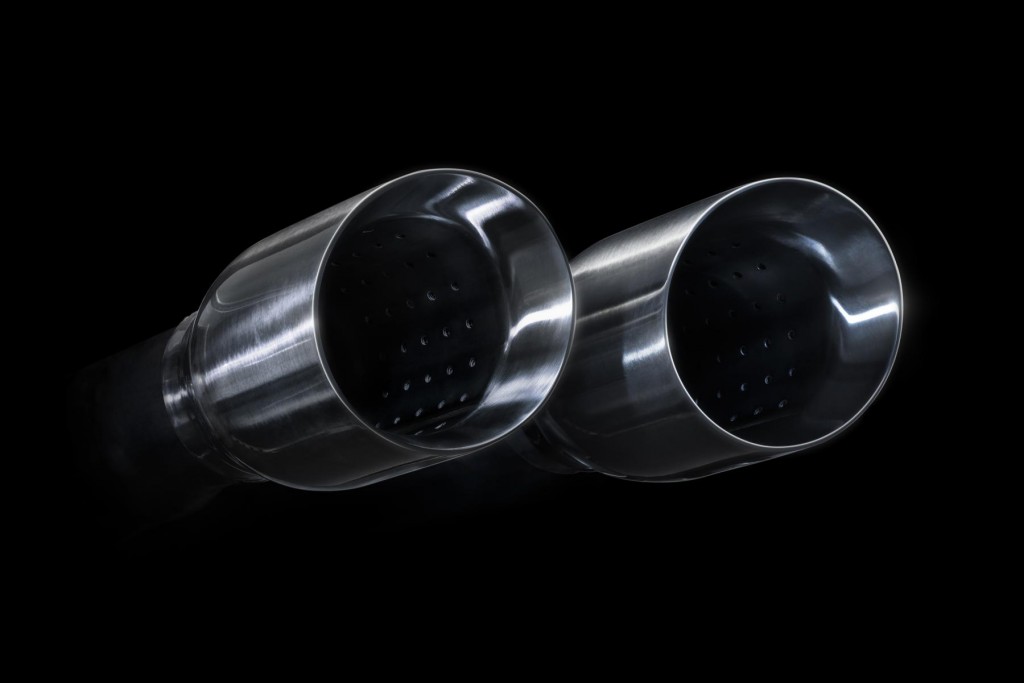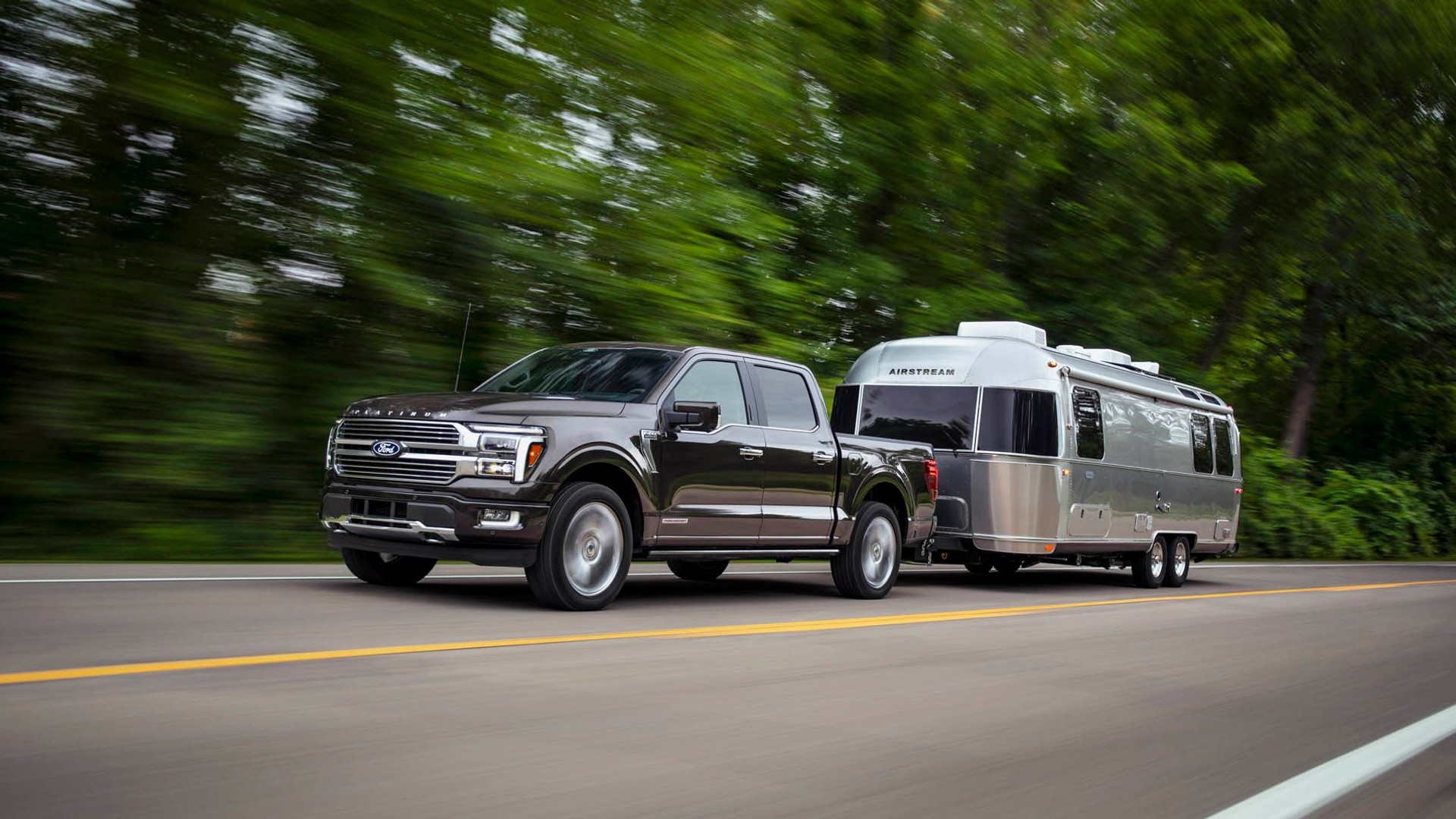For nearly a decade, the average fuel economy of new cars sold in the U.S. steadily increased—but that moment has stalled in recent years.
Low gas prices and increased consumer interest in SUVs has caused calculated average new-car average fuel economy to plateau and, in the case of 2016's figures, decline slightly.
The average fuel economy of new cars sold in the U.S. in 2016 was 25.2 mpg, down 0.1 mpg from the 2015 average, according to researchers Michael Sivak and Brandon Schoettle of the University of Michigan Transportation Research Institute (UMTRI).
DON'T MISS: Carmakers howl about CAFE rules, but regularly beat them; why? (Dec 2016)
That means new-car average fuel economy has been stuck at the same level for three years, after increasing over the previous six years, according to UMTRI data.
Fuel economy first reached 25.1 mpg in 2014, after increasing from 2013's 24.4 mpg, but has not risen since then.
Last year's average fuel-economy results were also capped by a decline in the final month.

Gas pump
December's average fuel-economy figure was 24.9 mpg, or 0.1 mpg less than the average for November.
That's still up 4.8 mpg from October 2007—the year UMTRI researchers began tracking fuel economy—but was down 0.6 mpg from the peak of 25.2 mpg reached in August 2014.
ALSO SEE: Fuel-economy rules not the cause of rising auto prices: analysis (Dec 2016)
UMTRI researchers also calculate an "Eco Driving Index," which estimates the amount of greenhouse-gas emissions generated by an individual U.S. driver.
For October 2016—the latest month with available data—that figure was 0.83, unchanged from the figure for September.
Lower numbers represent lower emissions, so the October 2016 figure means U.S. drivers produced 17 percent lower emissions than they did in October 2007.

2016 Chevrolet Camaro’s exhaust tips
But emissions for October 2016 were still 4 percent higher than the record low recorded in November 2015.
The period of stagnation in U.S. new-car average fuel economy roughly corresponds with a period of low gas prices, which are widely blamed with driving consumers toward less-efficient vehicles.
MORE: Ford will ask Trump to cut fuel-economy rules, CEO says; 'no demand' for hybrid, electric cars (Dec 2016)
Despite consumer trends, though, each new generation of vehicles has increased efficiency to some degree, in order to meet stricter fuel-economy standards.
Some automakers are likely hoping the incoming Trump administration will slacken efficiency standards, although the U.S. Environmental Protection Agency (EPA) has decided to keep its current emissions standards for 2022 through 2025.
_______________________________________________












